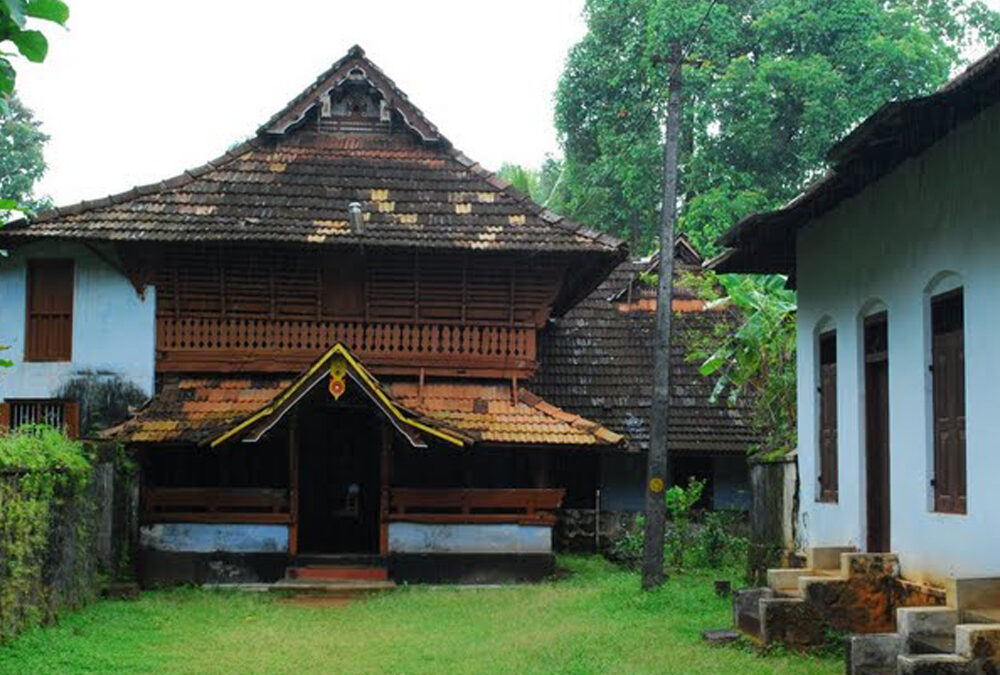Poonjar Palace: A Glimpse into Royal Heritage
Nestled in the serene village of Poonjar in Kerala’s Kottayam district, the Poonjar Palace is a majestic testament to the region’s royal history and architectural brilliance. This 600-year-old palace, once the seat of the Poonjar royal family, showcases the grandeur of traditional Kerala architecture and houses an exquisite collection of antiques, artifacts, and royal memorabilia.
Key Highlights of Poonjar Palace
- Architectural Marvel
- The palace is a splendid example of traditional Kerala architecture, featuring intricate wooden carvings, spacious courtyards, and beautifully designed interiors.
- Antique Collections
- The palace boasts an impressive collection of antique furniture, sculptures, jewelry boxes, lamps, palanquins, and weapons that reflect the royal lifestyle of a bygone era.
- Royal Artifacts
- Visitors can marvel at rare artifacts, including ancient manuscripts, rock-carved lamps, and traditional household items used by the royal family.
- Traditional Ayurvedic Bed
- One of the unique highlights of the palace is a granite Ayurvedic massage bed, showcasing the ancient traditions of healing practiced by the royal family.
- Replica of the Madurai Meenakshi Temple
- Within the palace complex lies a fascinating replica of the Madurai Meenakshi Temple, carved entirely from stone. This small yet intricate structure is a remarkable example of artistic craftsmanship.
- Historical Significance
- The palace offers a glimpse into the history and legacy of the Poonjar dynasty, which played a significant role in the region’s cultural and political history.
- Scenic Location
- Surrounded by lush greenery and the tranquil ambiance of the Poonjar region, the palace is a perfect destination for history buffs and nature lovers alike.
Activities to Enjoy at Poonjar Palace
- Explore the palace’s architectural beauty and royal artifacts.
- Learn about the history and traditions of the Poonjar royal family.
- Visit the stone-carved temple replica and admire its intricate details.
- Capture stunning photographs of the palace and its serene surroundings.
Best Time to Visit
The palace is best visited between October and March, when the weather is pleasant and ideal for exploring.

